Despite vehicle design improving over the years, the risks to road users are still very much a considerable away from reaching the aim of zero, and so, rules and laws also have to adapt to try and force the humans behind the wheel to act more responsibly, and as part of the improvements we will see in 2025 there will be more of a focus of protecting some of the most vulnerable road users, cyclists, although these changes will no doubt not be without controversy from those surrounded by the metal protection of their vehicles.
Faced with provisional figures that in the last year, almost 50 cyclists died in Spain on interurban roads, the DGT has decided to act in 2025 to better protect these vulnerable road users and, in the process, grant them a series of privileges and preferences for use in the city over cars that will undoubtedly be the source of controversy in the coming months.
Thus, officially, the DGT is working on a draft Royal Decree to reform the General Traffic Regulations. The text will have to go through the entire legislative procedure, starting with the approval in the Council of Ministers, and might well change before reaching implementation, but the Ministry of the Interior confirms that they will come into force during this year 2025.
The proposed traffic rules that will be approved for cyclists in cities and streets will permit bicycles to ride in the middle of lanes, similar to how they currently are allowed in certain streets which are marked out for this purpose already.
In cities bicycles could also be permitted to overtake cars on the right and left, and even to ride in the opposite direction under certain conditions.
Part of this change is to ensure bicycles use the road, rather than the pavement, where their presence creates further risk to pedestrians.
When a bicycle is present in the centre of the lane, occupying the same space as other vehicles, those vehicles will have to keep a safety distance behind of at least 5 metres if the bicycle is in front of them and in the same lane.
The new regulation also seeks to promote bicycle mobility in congested and jammed environments, and the text will also allow cyclists to overtake motor vehicles on the right and left in the city without fear of being penalised for doing so.
And in the opposite direction on streets with one lane and a speed limit of 30 km/h, something which some cyclists do at the moment, albeit illegally.
Outside to cities, motor vehicles will have to take further precautions when overtaking cyclists, primarily resulting in them having to slow down.
Already, when overtaking a bicycle, a vehicle must give at least 1.5 metres lateral distance. If two or more lanes exist, the overtaking vehicle must move fully into the second lane.
In the new draft, motor vehicles must reduce their speed by at least 20 kilometres per hour to overtake. That is, on a generic conventional road with a 90 km/h limit, when overtaking a cyclist, we must always reduce your speed to no more than 70 km/h, while on a 70 km/h road we cannot exceed 50 km/h when performing this overtaking manoeuvre.
This is likely to be one of the most controversial elements of the draft, after changes which eliminated the ability to increase speed when overtaking was met with initial rejection.
Finally, there will also be changes to the rules governing the use of bicycles, as the DGT is going to remove the exceptions for the use of helmets on the road, which exempted them from wearing them, for example, on long uphill slopes, for medical reasons or in extreme heat conditions. The helmet will always be obligatory on the road for cyclists and in all circumstances, after the approval of the Royal Decree.
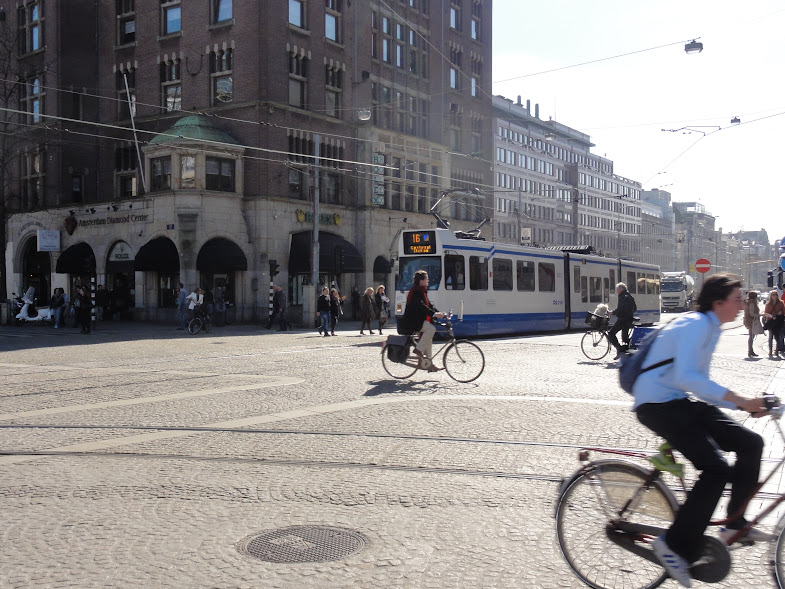
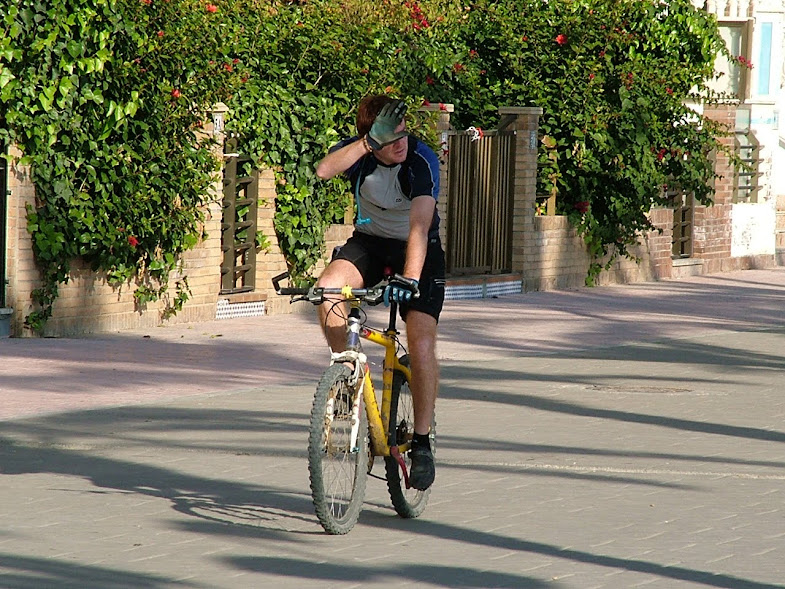
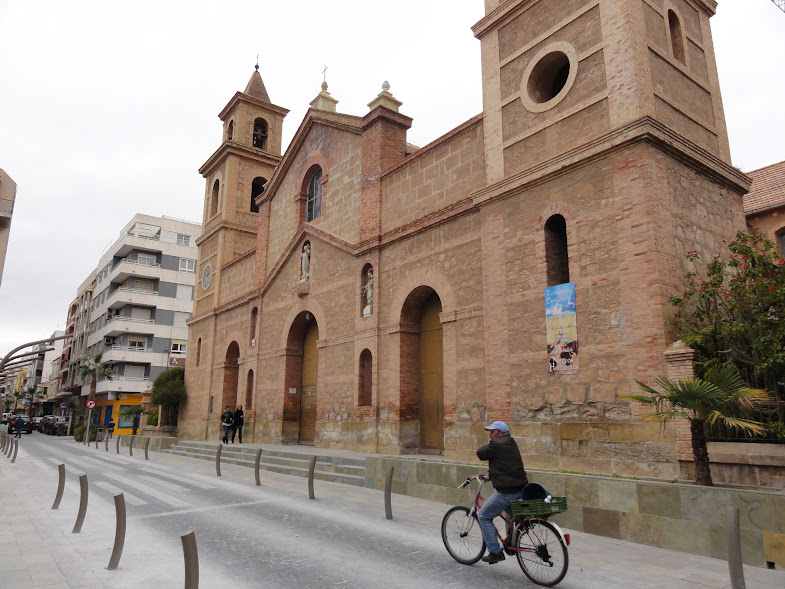
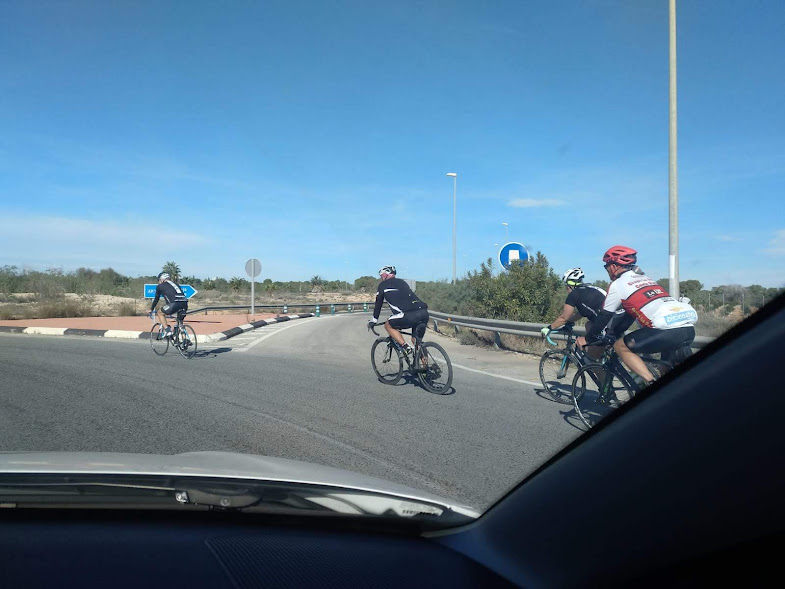
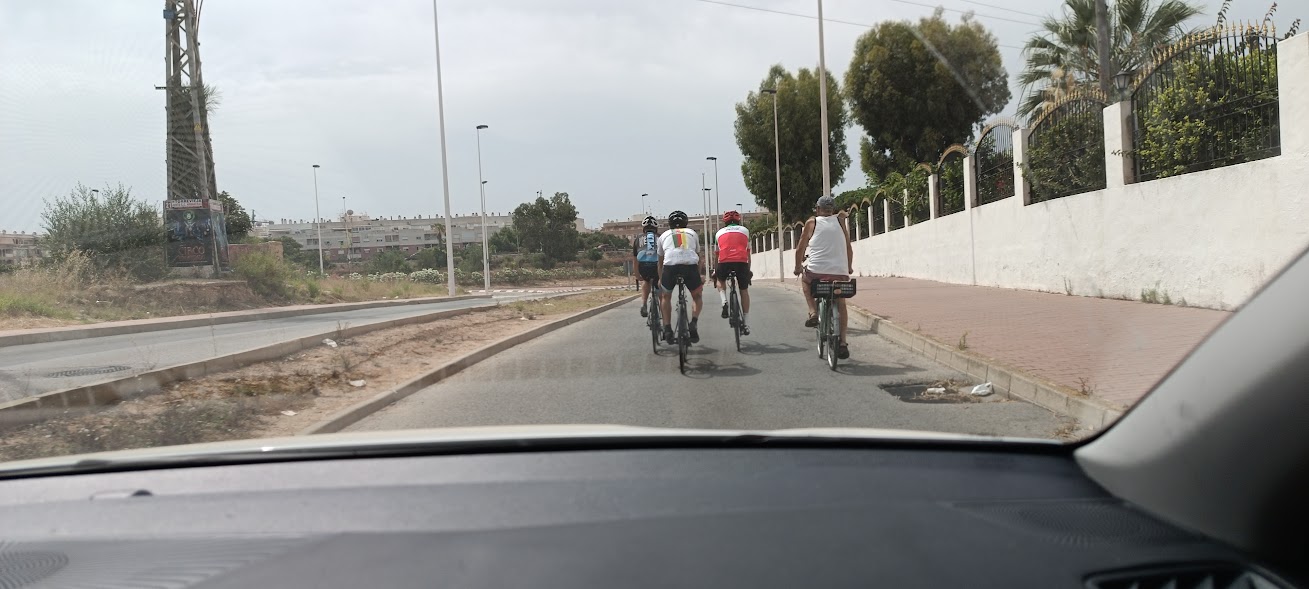
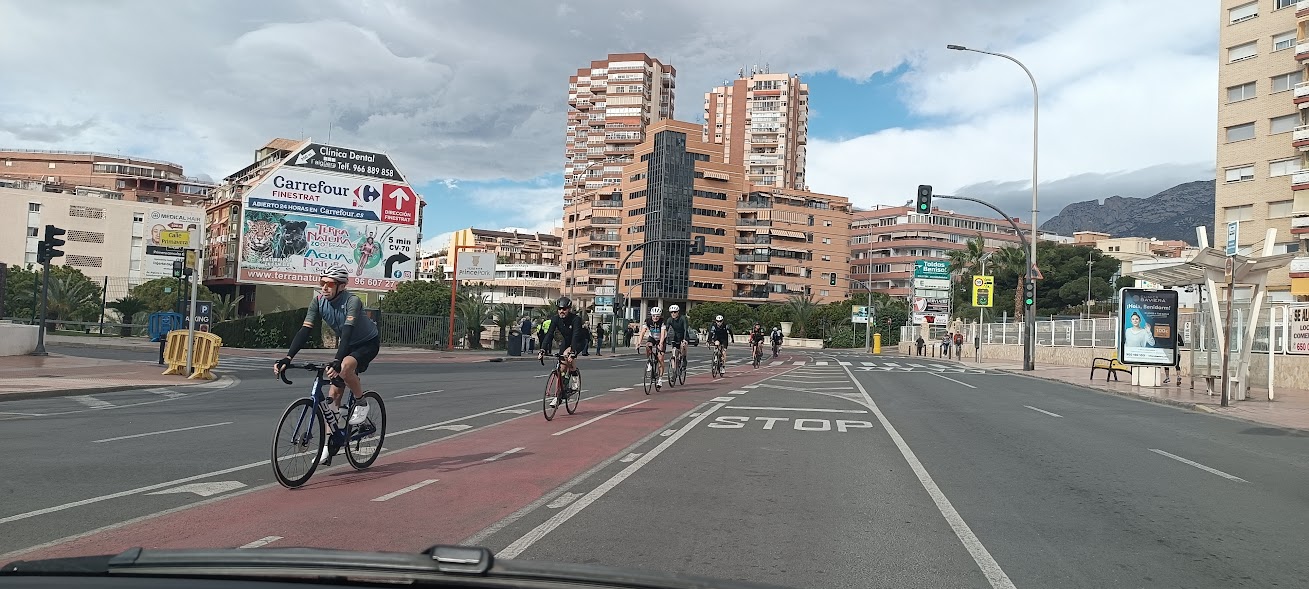
Discover more from N332.es - Driving In Spain
Subscribe to get the latest posts sent to your email.

You must be logged in to post a comment.